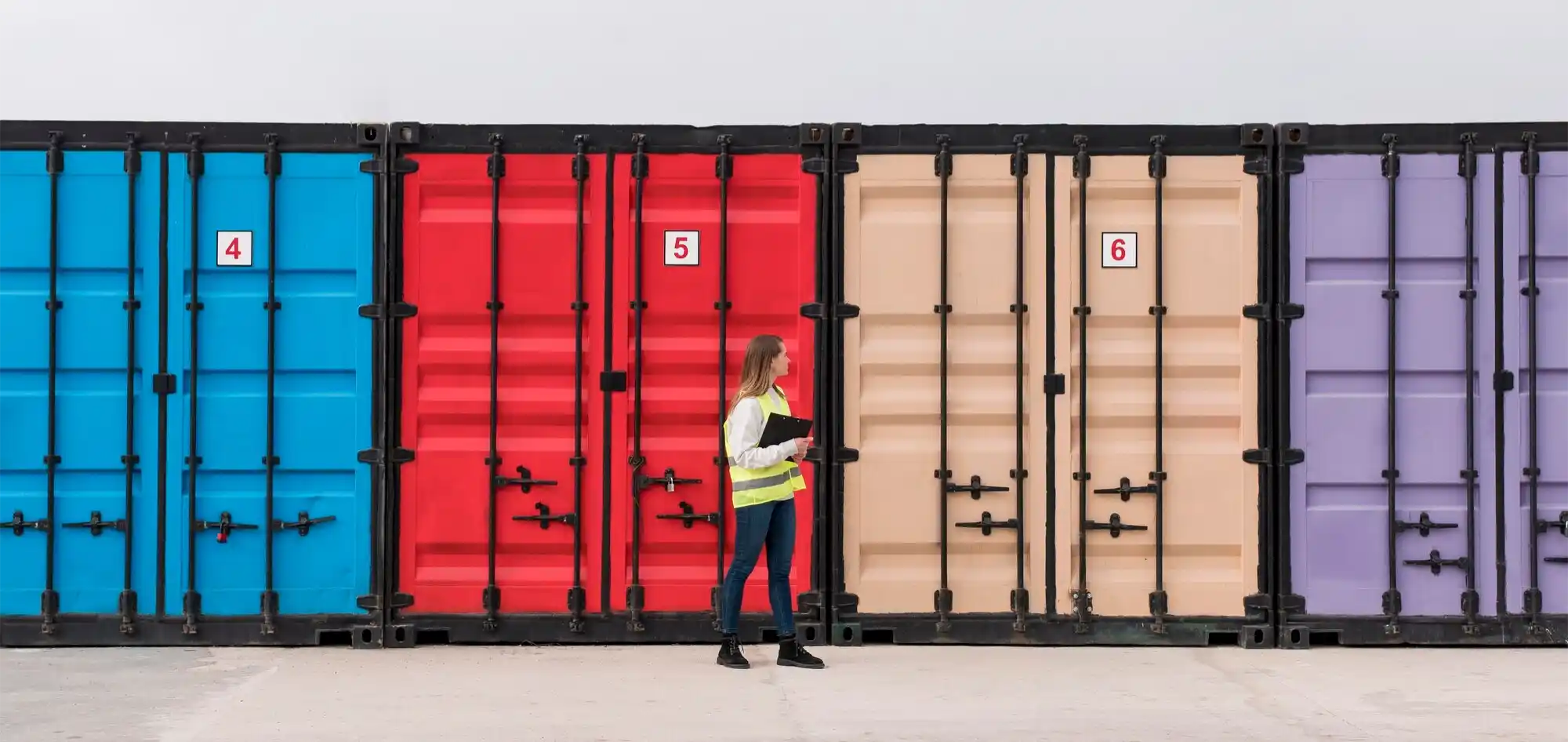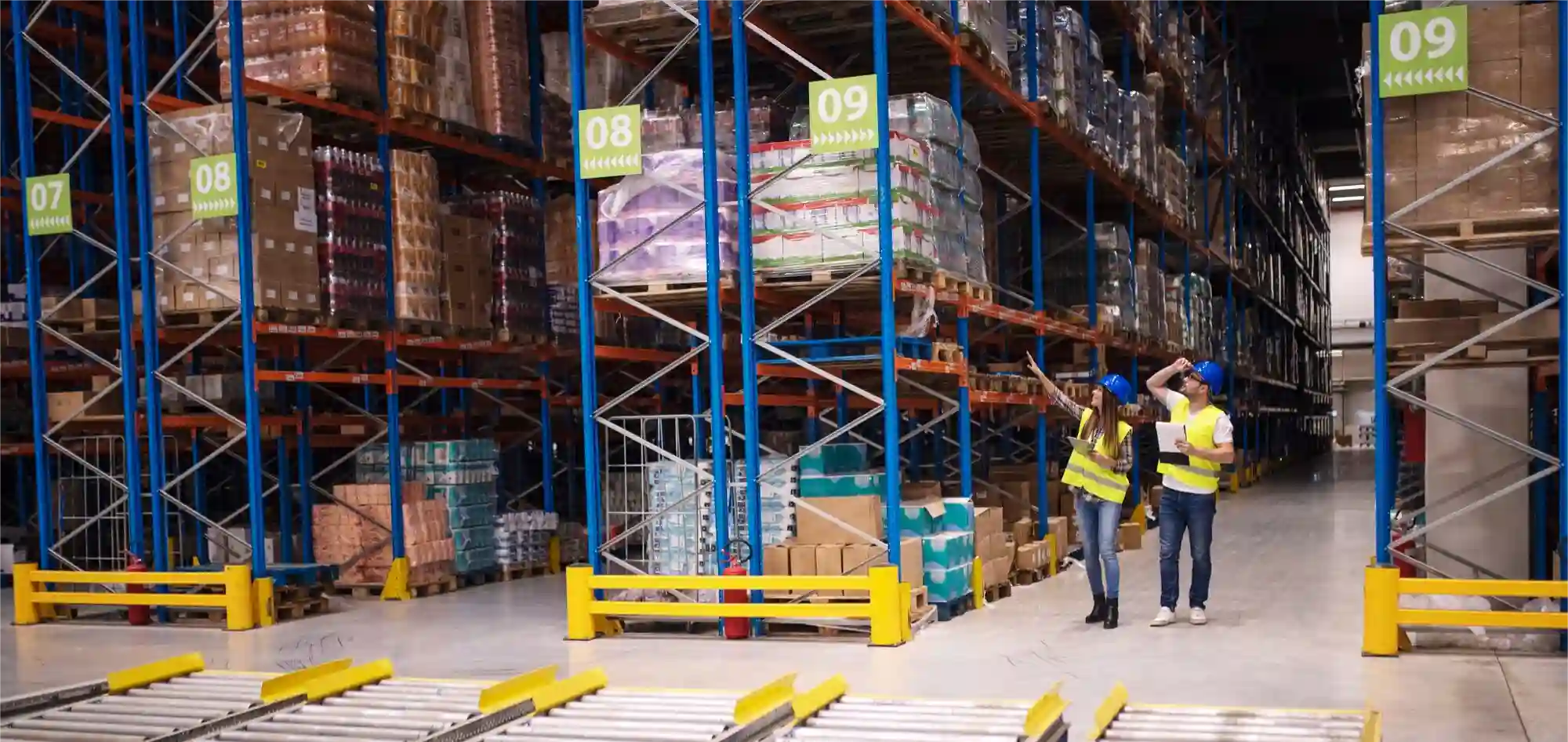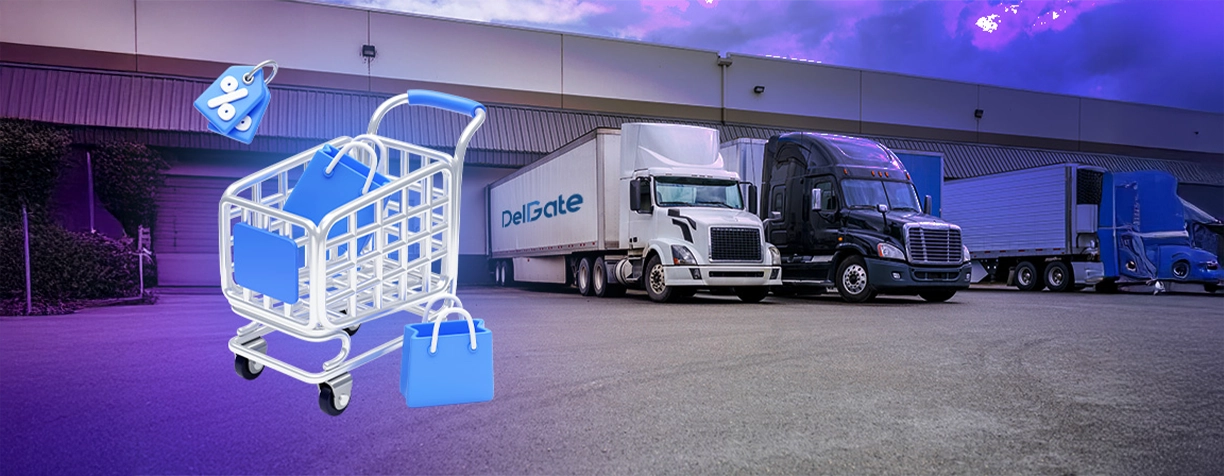In the competitive landscape of modern retail and e-commerce, businesses are continuously searching for ways to optimize their operations, reduce expenses, and, most importantly, enhance customer satisfaction. One of the most effective strategies to achieve these goals is leveraging the benefits of cross-docking. This article provides an in-depth exploration of this innovative logistics technique, highlighting its significant value for both retailers and e-commerce sellers. By understanding the power of benefits of cross-docking, businesses can unlock new levels of efficiency and profitability.
Table of Contents
What Is Cross-Docking?
What Is Cross-Docking? At its core, cross-docking is a logistics strategy that eliminates or minimizes the need for traditional warehousing. Goods are received at a distribution center (DC) or warehouse and then immediately transferred to another vehicle for outbound shipping, effectively bypassing the storage phase. This method prioritizes speed and efficiency, reducing the time products spend in storage, which, in turn, reduces inventory holding costs and accelerates the flow of goods through the supply chain. This immediate transfer, or “cross-docking,” ensures goods are efficiently moved with minimal handling.
Advantages of Cross-Docking

The benefits of cross-docking are multifaceted, offering a streamlined, more agile, and cost-effective supply chain. By reducing storage and handling, the overall process leads to lower labor costs, and a significantly reduced risk of damage or spoilage of goods. This increased efficiency and reduced waste are central to the appeal of this technique.
Reduced Storage Costs: A Primary Benefit
One of the most immediately apparent benefits of cross-docking is a substantial reduction in storage costs. Since products spend minimal time in the warehouse, the need for extensive storage space is significantly lowered. This results in lower rent, reduced utility expenses (like lighting and climate control), and, crucially, substantially lower inventory holding costs. The elimination or minimization of warehousing also frees up capital that would otherwise be tied up in stored goods, allowing businesses to invest in growth or other areas.
(Example)
| Feature | Cross-Docking | Traditional Warehousing |
| Inventory Holding Time | Days | Weeks to Months |
| Warehouse Space Required | Minimal | Extensive |
| Storage Cost per Unit | Low (due to low holding time) | High (due to extended holding time) |
| Inventory Risk | Lower (less time in warehouse) | Higher (more time in warehouse) |
| Handling | Fewer handling stages | Multiple handling stages |
| Labor Costs | Lower (less manual handling) | Higher (more manual handling) |
| Order Fulfillment Speed | Faster | Slower |
(Source: Various industry reports and logistics cost analysis)
Fastest Shipping in Canada and Quicker Order Fulfillment
The quest for the fastest shipping in Canada often leads businesses to explore the benefits of cross-docking. Faster order fulfillment is another major advantage. Cross-docking enables retailers and e-commerce sellers to dramatically reduce the time it takes for products to reach their customers’ doorsteps. This speed advantage is crucial in meeting the increasing demands for quick delivery times, particularly in the age of same-day or next-day shipping expectations. Reducing the time between order placement and delivery significantly enhances the customer experience and keeps businesses competitive.
Improved Inventory Management: A Key Advantage
Pros of Cross-Docking highlight a significant upgrade to inventory management. The benefits of cross-docking become evident through increased visibility. Instant insight into inventory levels and movement lets businesses sidestep overstocking and prevent stockouts, which is a major factor that helps reduce storage cost. This leads to optimal resource allocation, minimizing waste, and directly boosting customer satisfaction. Real-time tracking further enables informed decisions on inventory levels and product availability by giving a full understanding of the supply chain’s flow of goods.
Reduced Handling and Labor Costs: Efficiency Gains
By minimizing the need to store, pick, and pack goods, the benefits of cross-docking significantly contribute to the reduction of both handling and labor costs. Less handling translates to fewer opportunities for errors, reduced damage, and increased overall efficiency. The streamlined process means fewer employees are needed to manage the supply chain, and the time saved in the process can be used to serve the customers better. This translates directly into financial savings and increased operational effectiveness.
Increased Customer Satisfaction: The Ultimate Goal

Customer satisfaction is the prize, and The Role of Cross-Docking in Reducing Storage Costs is a major key. Cross-docking streamlines deliveries, minimizes fulfillment flaws, and offers broader product availability, leading to an excellent customer experience. Strategic cost savings on storage, facilitated by cross-docking, further improve the experience. This strengthens customer loyalty, bolsters revenue, and establishes a strong brand reputation. Satisfied customers then become vocal advocates, amplifying positive recommendations and driving more sales.
Cross-Docking in Canada: Maximizing Opportunities
Cross-Docking in Canada proves to be strategically beneficial due to the country’s extensive geography and major urban centers. By utilizing strategic cross-docking locations, Canadian businesses can significantly improve distribution efficiency by capitalizing on optimized transportation routes and networks, thereby maximizing the benefits of cross-docking.
Cross-Docking in Vancouver: A Gateway to the Pacific
Cross-Docking in Vancouver provides businesses with a vital link to reach their customers in a more efficient manner. Vancouver’s proximity to major ports makes it an ideal hub for receiving goods from overseas. Cross-docking facilities in Vancouver can provide rapid distribution across Western Canada, reducing transit times and improving supply chain agility. The port’s strategic position makes it a key gateway for trade with Asia, and it provides an essential connection to the rest of the country via the Trans-Canada Highway and the railway system.
Cross-Docking in Toronto: A Hub for Eastern Canada and the US
Cross-Docking in Toronto is a vital strategy for businesses seeking broad market access. Being Canada’s largest and a major economic hub, Toronto is crucial for distributing goods across Canada and into the US. Its strategic location at the convergence of diverse transportation networks, encompassing highways, railways, and large airports, solidifies it as a prime location for cross-docking operations, amplifying the benefits of cross-docking.
Cross-Docking in Montreal: Leveraging Strategic Location
Cross-Docking in Montreal facilitates swift and efficient good distribution, fostering business growth. Montreal’s strategic locale and superior transportation infrastructure make it an ideal hub for cross-docking operations, allowing for seamless distribution to eastern Canada and the US. As a prime port and transportation hub, it expedites the movement of goods between North America and Europe, accentuating the benefits of cross-docking in a region with high economic value.
Canada 3PL and Cross-Docking in Canada: Partnering for Success
When implemented correctly, combining the use of Canada 3PL providers with Cross-Docking in Canada can produce significant advantages. When combined with strategic partnerships with 3PL providers, cross-docking can offer incredibly quick delivery times, meeting the needs of even the most demanding customers. These partnerships enable businesses to access the expertise, infrastructure, and technology needed to create an optimized supply chain. These 3PL providers often have cross-docking facilities and sophisticated inventory management systems that enable rapid and reliable service.
Companies Providing Fulfillment Services
Here are five real companies that provide fulfillment services:
- Amazon Fulfillment
- DelGate
- Flexport
- Purolator
- DHL Supply Chain
The Expanding Scope of Cross-Docking in Modern Logistics

Benefits of cross-docking are widely recognized and are continuously evolving to meet the demands of the modern market. As e-commerce continues its rapid growth, and as customer expectations for speed and convenience increase, the need for efficient and cost-effective logistics solutions will continue to rise. Cross-docking has evolved from a niche strategy to a cornerstone of many successful supply chains.
Conclusion
The benefits of cross-docking for retailers and e-commerce sellers are substantial and wide-ranging. By streamlining the supply chain, reducing costs, improving inventory management, and enhancing customer satisfaction, cross-docking provides a significant competitive advantage in today’s demanding market. Embracing this innovative logistics strategy can propel businesses toward improved efficiency, greater profitability, and ultimately, long-term success. The ongoing evolution of e-commerce and consumer expectations makes the adoption of cross-docking an increasingly important consideration.





